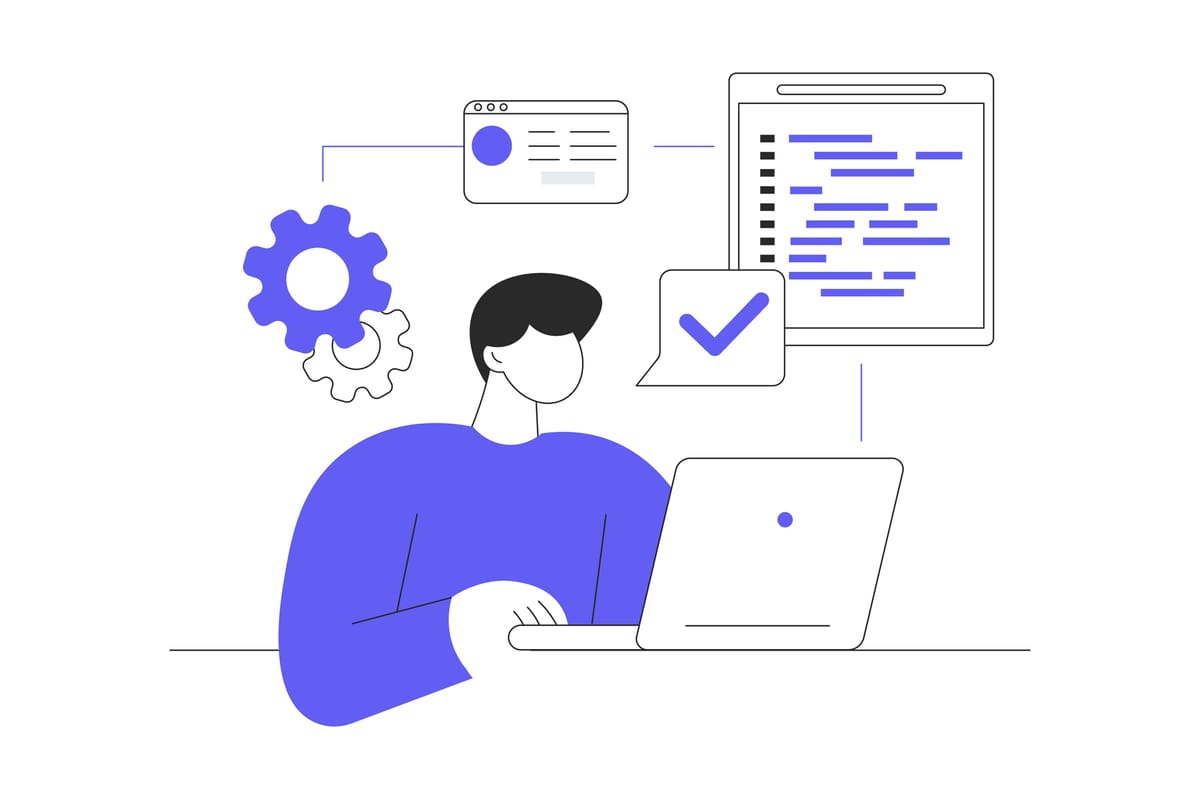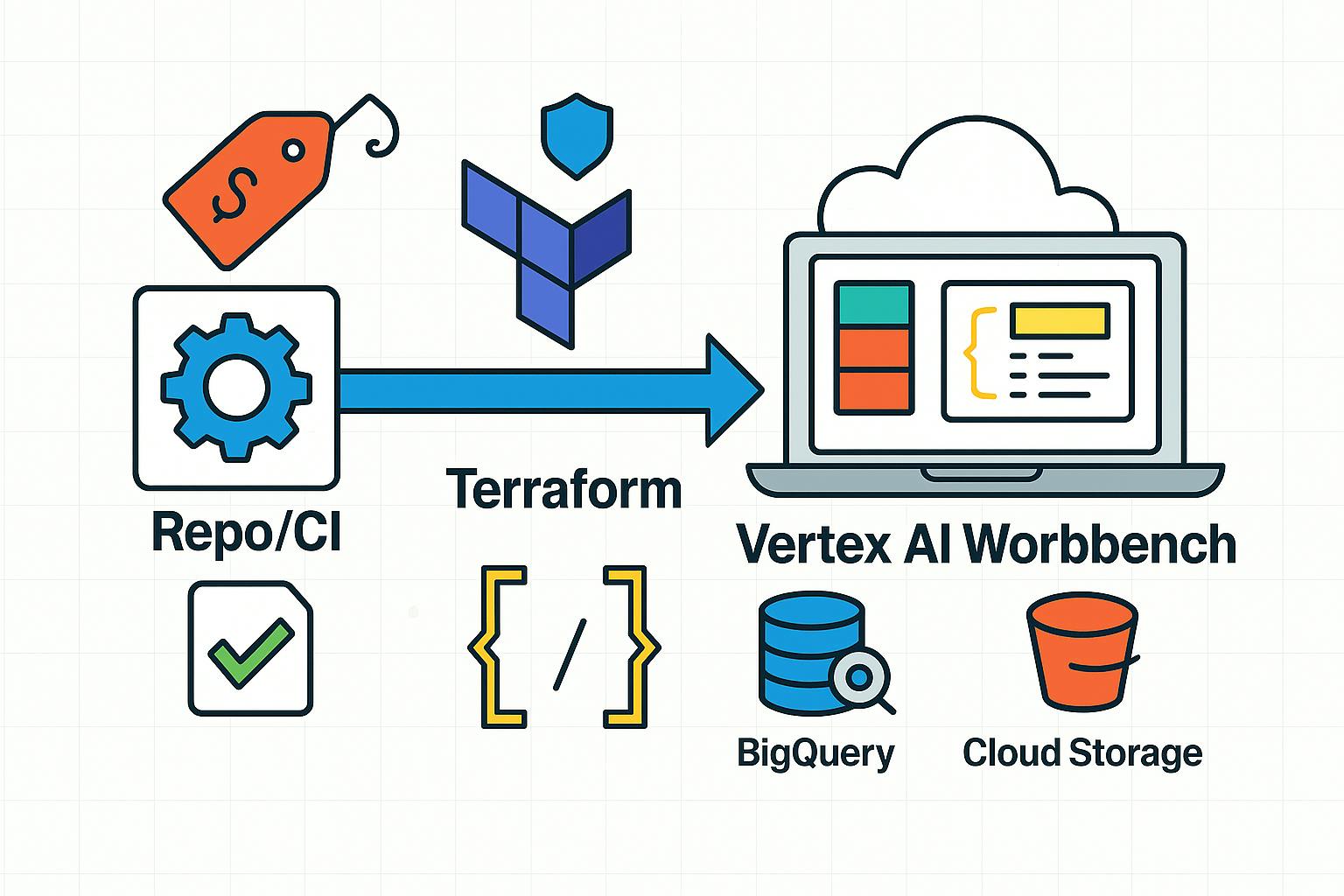Small and mid-sized businesses feel inventory mistakes faster than anyone. A single late reorder can stall sales for a week. One optimistic purchase order can tie up cash for a quarter. The good news: modern AI forecasting is no longer a luxury tool for global supply chains. With the right data, workflow, and guardrails, it’s one of the most practical upgrades an SMB can make to plan stock smarter and cut avoidable costs.
This guide breaks down what AI demand forecasting actually does, the data you already have that makes it work, what results to expect, and a pragmatic rollout plan that fits a small team. Along the way, you’ll find credible stats and a few caution flags so you can use AI where it truly helps.
Why Forecasting Deserves Your Attention
Inventory mistakes are expensive at any scale. Analysts often refer to “inventory distortion,” the combined cost of out-of-stocks and overstocks. IHL Group estimates this ran into the hundreds of billions in lost sales in the U.S. and Canada in 2022 and over a trillion globally, even before you account for avoidable markdowns and returns.
Carrying inventory isn’t free either. A practical rule of thumb many operators use: holding costs typically land somewhere around 20%–30% of inventory value per year when you add storage, labor, insurance, shrink, depreciation, and the cost of money tied up on the shelf.
Inventory Carrying Cost = Cost of Storage / Total Annual Inventory Value x 100
where Cost of Storage
= Capital costs + Service costs + Risk costs + Storage space costs
If you want the macro signal, look at the inventory-to-sales ratio. The latest U.S. Census release shows total business inventories at about $2.66T in May 2025 with a 1.39 inventory-to-sales ratio. That ratio is a simple way to ask: are we holding the right amount of stock for our current pace of sales?
In short, better forecasts reduce the two biggest drains on cash in an inventory business: missed sales and excess stock.
What “AI Forecasting” Actually Means for SMBs
Forecasting has been around forever. What’s changed is the data you can pipe in and the models that can learn from it. Instead of a single spreadsheet extrapolating last year’s sales, modern systems can blend:
- Point-of-sale (POS) history at item level
- Seasonality and promotions
- Supplier lead times and reliability
- Weather and events
- Pricing changes and channel mix
McKinsey’s research found that AI-driven forecasting can reduce errors by 20%–50% and cut product unavailability by up to 65%, with knock-on reductions in warehousing and administrative costs.
That’s not a promise for every business on day one. It’s a signal that when you feed models with the right inputs and measure them honestly, they can outperform rules of thumb and single-model spreadsheets.
“Applying AI-driven forecasting to supply chain management can reduce errors by between 20% and 50%.” — McKinsey Operations
A Quick Mental Model
- Traditional approach: A single method (say, moving average) predicts next month’s units, then you tweak by feel.
- AI approach: Multiple models compete on your data, add external signals, learn which signals matter per item, and update automatically as new data arrives.
For a small team, you don’t need a data science department to benefit. You need clean item-level data, sensible defaults, and a way to compare forecasts against reality each week.
▶︎ Related: Overview of Predictive Logistics
The Data You Already Have Is Enough to Start
You don’t need a “big data” project. For most SMBs, the following four inputs unlock meaningful gains:
- Daily sales at the item level for at least 12–18 months (more is better, but you can start with less).
- Lead times by supplier or SKU, plus variability (best/worst case, not just average).
- Promotion calendar and price changes.
- Stock status history (when were you out of stock).
If you’re in retail, serialized tracking like RFID improves stock accuracy and helps your forecasts reflect what’s actually on the shelf. As Bill Hardgrave put it at NRF.
“If you do not have RFID and serialized data on your products, you cannot compete.”
Pair those with accessible external signals (like major weather swings for beverages, school calendars for stationery, local events for hospitality). Keep it simple: add signals only if you can measure the lift.
What Results Should You expect?
Let’s set grounded expectations for a typical SMB rollout:
- Forecast accuracy: It’s common to see double-digit percentage improvements in error metrics once you move beyond single-method spreadsheets. That can be the difference between ordering one case too few and three cases too many.
McKinsey’s 20-50% error reductionr ange is a useful benchmark, not a guarantee.
- Stockouts and overstocks: As accuracy improves, you should see fewer “surprise” outs and fewer long-tail items gathering dust.
- Cash flow: Even small improvements matter when carrying costs sit near the 20%–30% range annually. Freeing up $50,000 of excess stock can be worth $10,000–$15,000 per year in avoided carrying cost alone.
- Planning time: AI doesn’t remove judgment. It reduces manual number-crunching so you spend more time on supplier conversations and assortment choices.
Market adoption is moving fast. Analysts report steady growth in AI-led planning, and large retailers now feed promotions, pricing, and weather into daily order decisions.
A Practical Rollout Plan for Small Teams
You can get value from AI forecasting without boiling the ocean. Here’s a four-step plan you can execute in weeks, not quarters.
1. Clean the basics
- Standardize item names and units.
- Close gaps in daily sales history.
- Record realistic supplier lead times and the range you actually experience.
- Mark stockout dates in your history so the model doesn’t read “zero sales” as “zero demand.”
Even if you stop here, your manual forecasts will improve.
2. Start with a pilot category
Choose a category where demand is somewhat predictable and the stakes are real. Avoid hyper-seasonal or launch-heavy items in phase one. Define your success metrics up front:
- MAPE (Mean Absolute Percentage Error) or WAPE (Weighted Absolute Percentage Error) for forecast quality
- Fill rate for service
- Days of inventory on hand and stock turns for capital
Track a baseline for the last three months. Then compare.
3. Blend human and machine
Use the model’s forecast as the default. Allow human overrides only with a written reason (promotion, competitor move, supplier issue).
This discipline helps the model learn when human context adds value. MIT’s supply chain research and Harvard Business Review case work both point to the strength of human-AI collaboration when teams keep a tight feedback loop.
4. Tie forecasts directly to reorder rules
A forecast isn’t useful until it changes what you buy. Use it to compute:
- Reorder Point (ROP) = average demand during lead time + safety stock
- Safety Stock = variability buffer based on demand and lead time variability
Start conservative on safety stock, then tune down as you build trust. If you don’t have a WMS, even a simple inventory system that supports reorder points and low-stock alerts will move the needle.
Where AI Tends to Beat Spreadsheets
Spreadsheets are fine for steady items. They struggle when demand moves with promotions, weather, or late suppliers. This is where model-driven forecasting earns its keep.
▶︎ Item-level seasonality and promotions
Some items spike on weekends, others at month-end. Promotions move the peaks. AI models can learn these patterns per item instead of applying one blanket assumption.
▶︎ Lead-time variability
When a supplier slips a week, your spreadsheet often treats it as a surprise. AI forecasts can incorporate variability and recommend earlier orders for riskier suppliers.
▶︎ External signals
Weather, holidays, and local events help in specific categories. Retailers and grocers have used these signals for years; AI just makes it easier to scale across many items.
▶︎ Continuous learning
A living model updates as new sales come in. If a promo underperforms, next week’s forecast adapts.
What About Generative AI?
Generative models aren’t predicting next week’s units by themselves. Where they help today:
- Turning messy supplier emails and promos into structured data your forecasting engine can use
- Generating “what-if” scenarios and explaining forecast changes in plain language
- Speeding up planning workflows for non-technical staff
MIT highlights the opportunity and the caveat: these systems are great at proposing options, but you still need validation against real business rules.
Risks and How to Avoid Them
Treat risk management as part of your weekly planning rhythm. Write down the assumptions behind each forecast, track error and bias alongside fill rate, and keep a simple change log for any model or policy updates.
- Garbage in, garbage out: If your stock counts are off, your forecast will be too. Invest in accurate counts, cycle counting, and serialized tracking where it matters. NRF conversations continue to point to RFID as a practical enabler of in-store accuracy.
- Overfitting to last year: A sharp one-off spike shouldn’t become the new normal. Use holdout tests and compare multiple models.
- Forecast–order gap: Teams sometimes generate beautiful forecasts that never change purchasing behavior. Tie forecasts directly to reorder points and review exceptions weekly.
How BoxHero Fits into an AI-ready Workflow
BoxHero gives small teams the basics that make AI inventory forecasting work: clean item histories, low stock alerts, and precise units of measure (including partial units like 0.5 gallons or 1.75 meters). That data foundation is what lets any forecasting model learn and perform.
Here’s how it comes together in practice.
- Start by recording item-level ins and outs in BoxHero so each SKU builds a usable history.
- Add realistic lead-time notes per supplier and keep units consistent, especially for items sold in fractions.
- Set reorder points and safety stock in the app for your top movers, then export item-level sales and on-hand data to your forecasting layer.
- Use the forecast to fine-tune reorder points and let low stock alerts surface exceptions each week instead of scanning the whole catalog by hand.
▶︎ Learn more: Set Safety Stock on BoxHero
The short version: clean data plus simple rules in BoxHero make AI forecasts actionable. Start with your top SKUs, review exceptions weekly, and then extend the same workflow to the long tail so forecasts connect directly to purchasing decisions.
Closing Thought
AI forecasting is not here to overrule your judgment. It gives you a better starting point so your calls are based on real patterns rather than a hunch.
The simplest path? Pick one category, connect the forecast to a concrete reorder rule, and measure the change.
- If the numbers improve (i.e. lower error, fewer stockouts, less cash tied up), expand to the rest of your catalog.
- If they don’t, you’ll still come away with cleaner data and a tighter planning rhythm, which pays off regardless of the algorithm you use.
For HackerNoon readers who like to test ideas quickly, this is a practical experiment you can run in days: one category, one forecast, one rule that changes what you buy.
















